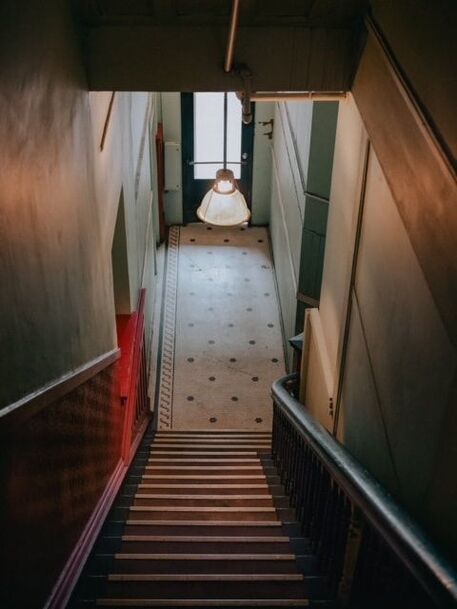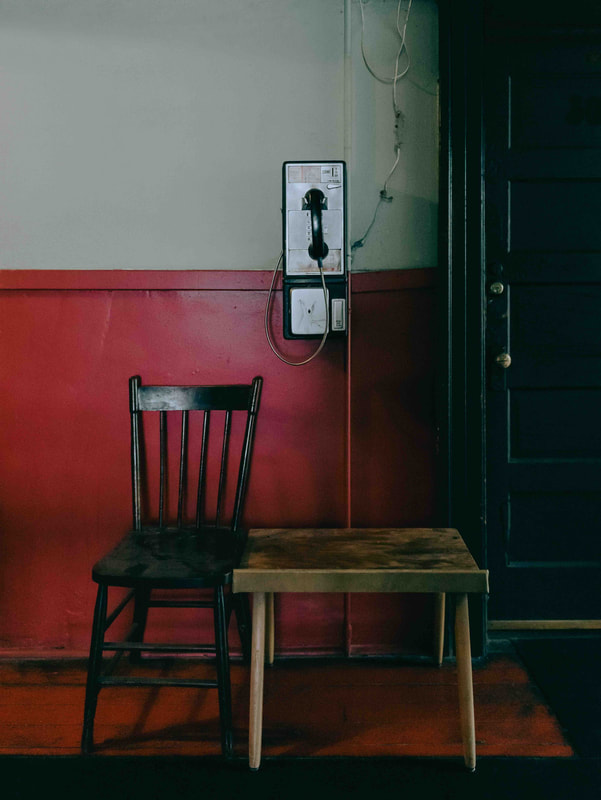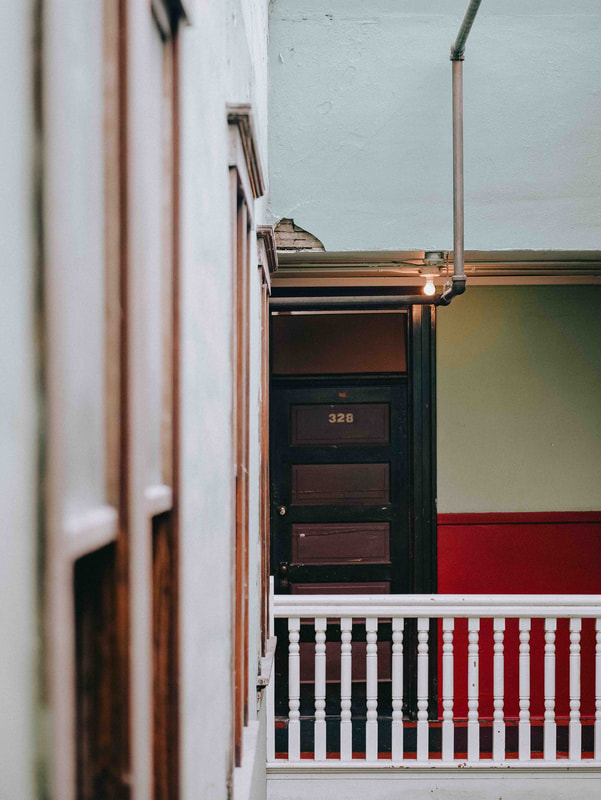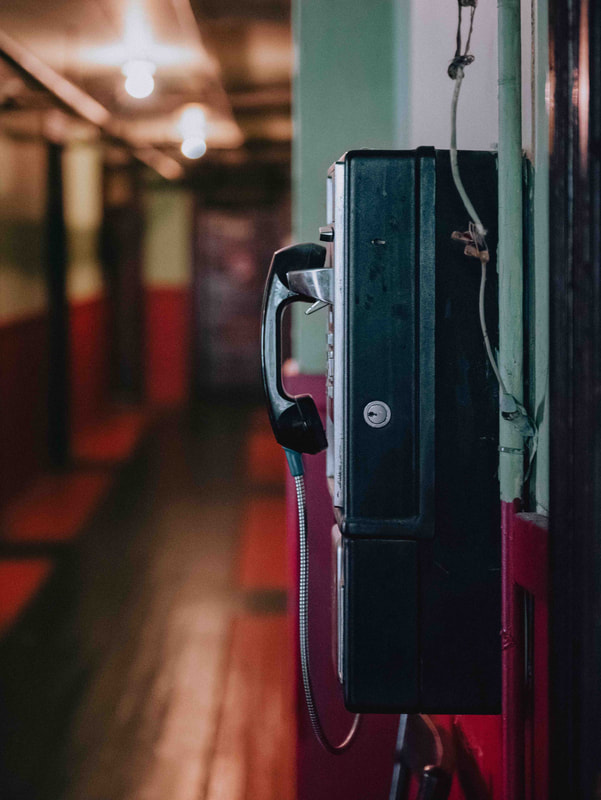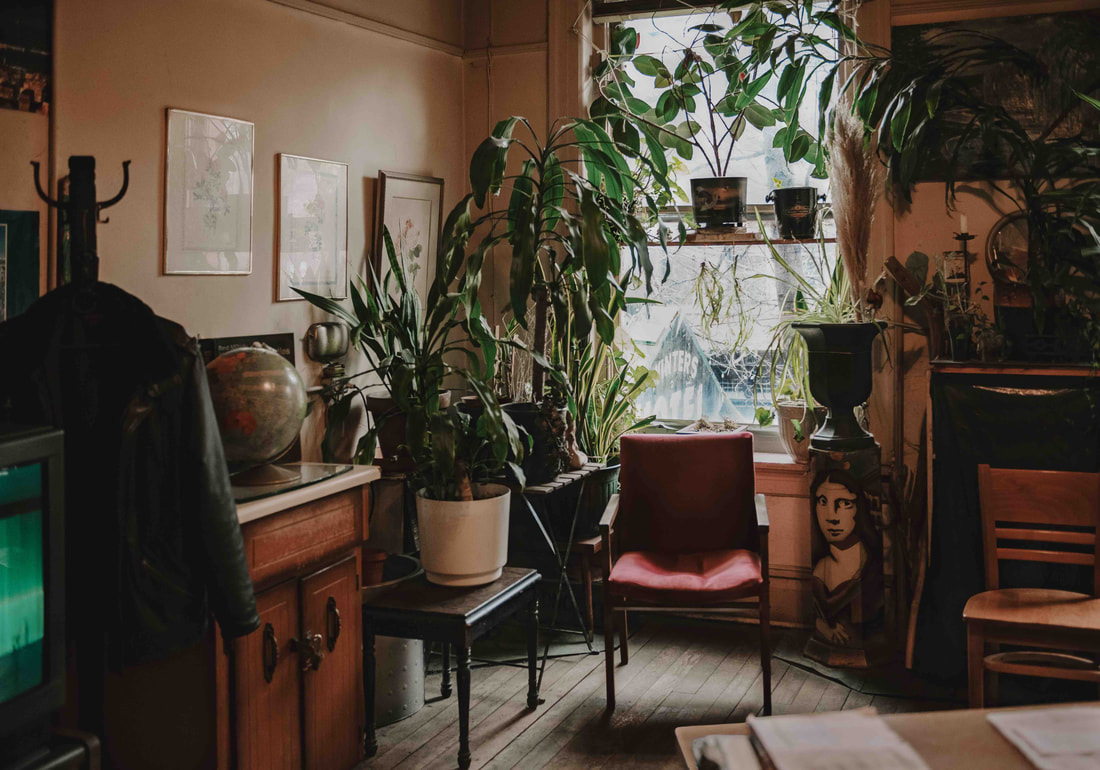Yasmeen Strang
After completing a degree in Fine Arts, Strang spent several years honing her craft with renowned photographer, James O’Mara. She shot on assignment in the USA, Canada, and Africa before turning her lens to Fine art photography. Her works can now be found in national and international collections.
Winters Hotel: A Sense of Place
Opening Reception: Thursday, April 13 from 5:00 -7:00 PM
April 13 - May 10, 2023
2895 W33rd Avenue
Vancouver, BC V6N 2G3
April 13 - May 10, 2023
2895 W33rd Avenue
Vancouver, BC V6N 2G3
Palimpsestic Places
Shelly Rosenblum
A few years ago Yasmeen Strang was invited by a close friend to join her on something of a pilgrimage to visit and photograph the Winters Hotel. An iconic Vancouver building in Gastown, it carried a storied past not just in city lore, but especially for her friend whose parents had lived there when they first arrived from Korea in the 1960s. Weathered and worn by the time of their visit in 2017, the building had become an SRO in a complicated neighbourhood struggling with the twin realities of decline and gentrification, a painful if familiar urban dynamic. Over the course of her brief visit that afternoon, Strang feverishly documented whatever she found in the rooms, hallways and stairways of the building. The result of this invitation, or furtive incursion, is Winters Hotel: A Sense of Place, an archive that gathers together photographic documentation, at once meticulous in its observation and uncanny in its affect. This is a body of work that is chiefly concerned with what is transient and ordinary, the ephemera of immigrants and the otherwise vulnerable.
Many of the photos beautifully capture the light from the curtainless windows, as in a shot of a corridor; the broken furniture, peeling paint, exposed wires, and bare beds evoking a sense of tragedy; the payphone connoting the will to communicate beyond borders, languages and personal histories. Strang’s seemingly matter-of-fact photographs are uncanny. We are palpably aware of the ghosts of those who stayed here. She tells stories that question the relationship between self and other, stories we tell about ourselves, traces that others leave.
Strang uses negative space where someone has been to discern their outline, like a painter whose sitters have gotten up and left. The absence of her subjects is a provocation to us, it agitates – Who lived here and why? For how long, where from, where to? Strang provides a kind of inventory of place, as if working backwards from the clues of this space to find the cause – the story or the person – that produced them. Her authority as a detective, an historian, a storyteller, as an artist, depends upon her acuity and discernment, as well as her profound empathy. In this catalogue of objects there is narrative tension too, between those things that make us feel at home and those things that make us acutely aware that we are not. Emptied of people, these photographs have a beauty, a poignancy, an ache, which makes the past feel intimate.
The question of what lives were lived in the hotel hover ominously over the images. That everything is given the same attention, the documentary lens, lends a sense of importance to every detail. Is an object suspicious, central to the plot, an accessory to a trauma that may or may not have taken place? This invitation to projection is one that the artist willingly accepts. She seems drawn to the narrative potential of the quotidian objects left behind. The effect is to make time static, as in a hotel. We stay for a few days, for work or an occasion, or while we acclimate to new life coordinates; it is a rupture from our everyday. Nonetheless, we have no choice but to bring those lives with us, in what we pack and carry, what we leave out and what we retain. We are always aware that the people whose beds and rooms we’re observing exist beyond these photographs, even as they remain out of reach. The works simultaneously exude a kind of photorealistic starkness and the care of a family photograph, disparate registers coexisting with deep resonance in single simple wood frames.
Evidence and portrait in ghostly captures, spectres of lives lived in every arrested moment. One can’t help but wonder if we ever really know anyone except via the surfaces, surfaces and of course stories that we tell. Strang’s photos are deeply compelling, their gravity pulls at us. Finding stories in the ordinary and creating spectacle from the voyeuristic, this archive is presented with both forensic precision and a complete lack thereof. We are left to make our own assumptions of the artefacts and their supposed significance. Strang exposes the texture of a place built from past lives and previous inhabitants, and reveals the shadows and ghosts that we see when we experience a space. We are so curious about the tenants that lived here and how they fared in the ensuing years and decades; we are fundamentally curious about how others live. Yet more essentially, there is also the matter or our own transience, the fact that we will all eventually disappear. What we leave behind is precisely what’s recorded in these images. The paradox is that even as we peruse the scattered evidence Strang gathers, her subjects continue to elude us. Or maybe that’s the whole idea.
Yaz and I have been friends for a long time, and from the very beginning the narrative thread that wove us together was one of shared family histories of diaspora and displacement. We share stories and food and wild affection, the kinds that make you laugh and sob at the unbearable beauty and love that come from this peripatetic life. Is it any wonder then that this artist finds voice in creating and articulating for us the welcome gesture of a sense of place?
Shelly Rosenblum, PhD is Curator of Academic Programs at the Morris and Helen Belkin Art Gallery and a Wall Associate at the Peter Wall Institute for Advanced Studies, UBC.
Yasmeen Strang, The Manager’s Office, 2017-2023 Archival inkjet print on premium paper Edition of 5, 48 x 33.5 in and walnut frame
